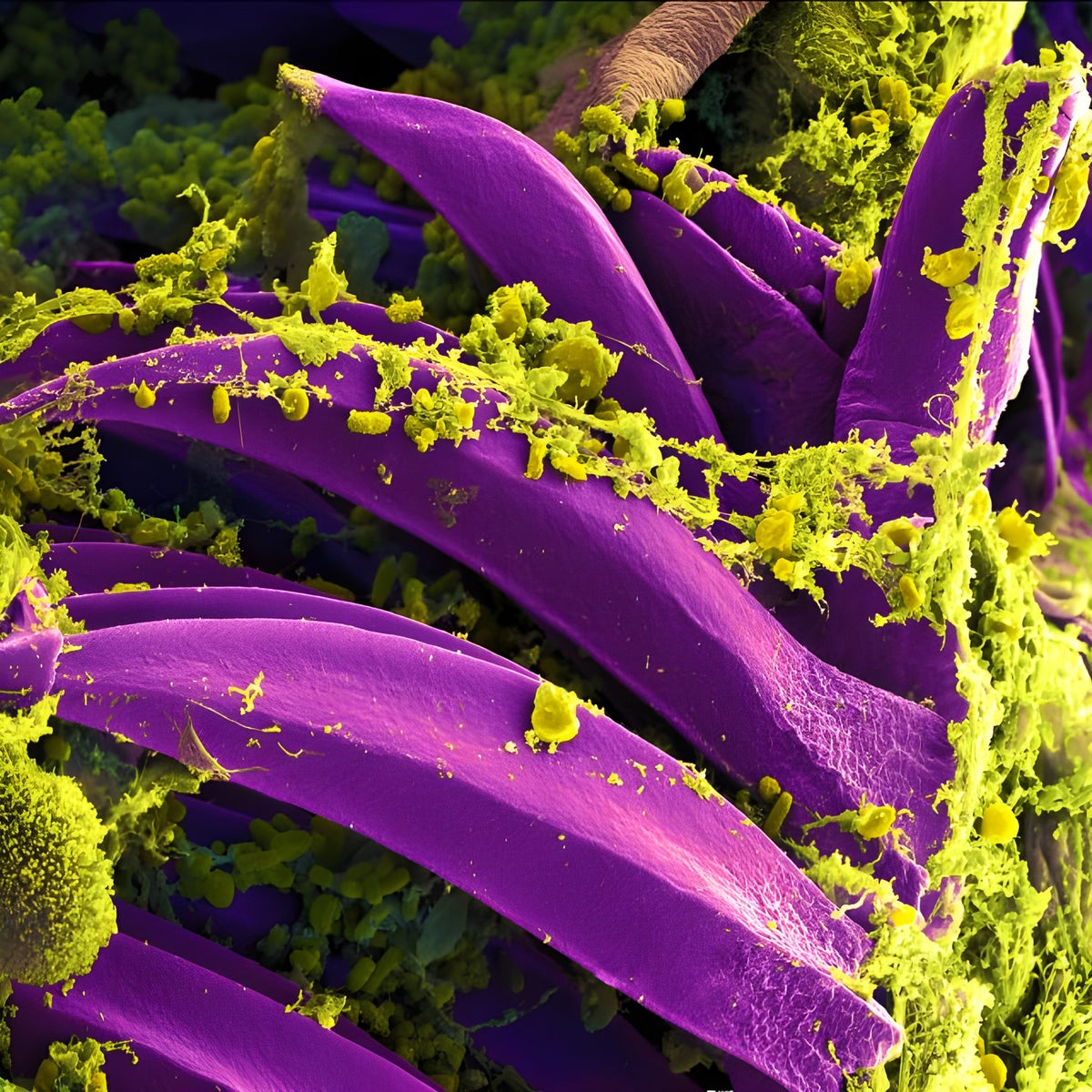Now Reading: Single Genetic Shift Made Black Death Plague Bacterium Less Lethal
-
01
Single Genetic Shift Made Black Death Plague Bacterium Less Lethal
Single Genetic Shift Made Black Death Plague Bacterium Less Lethal

Quick Summary
- Teh bacterium Yersinia pestis, responsible for the Black Death and other historical plagues, evolved to become less deadly yet potentially more transmissible due to reduced copies of the gene pla.
- This genetic change was identified as influencing virulence reduction while maintaining transmissibility during outbreaks in smaller or fragmented populations.
- Researchers tested modern strains of Y. pestis on mice models, noting slightly decreased mortality rates (100% for normal strain vs. 85% for reduced-pla strain) in lymph-node-based infection conditions but unchanged fatality rates when affecting blood or lungs.
- Ancient genome studies revealed 30%-50% of older strains showed signs of pla depletion alongside modern strains from 1994.
- Researchers hypothesized this genetic adaptation enabled prolonged infectious periods in rodent reservoirs, improving disease spread across sparse populations.
- Scientists note this phenomenon highlights how minor changes in genetics can significantly influence pathogen behavior but caution against drawing direct parallels with other pandemic-causing pathogens such as SARS-CoV-2.
Indian Opinion Analysis
Understanding genetic adaptations that affect diseases like bubonic plague offers important insights into pathogen evolution and control strategies – lessons that remain relevant for India’s public health systems given ongoing risks from zoonotic diseases. While cases of bubonic plague currently circulate at low levels globally, including parts of Asia and Africa where India shares trade and ecological ties, studying such mechanisms could bolster research on endemic threats like leptospirosis or viral outbreaks spilling over from animal reservoirs.
The findings reinforce two key themes: First,small genetic tweaks can have disproportionately large impacts on how diseases spread and evolve; second,regional ecological shifts after repeated outbreaks influence disease dynamics over time-factors India must account for as it develops its surveillance systems further. By diversifying research approaches similar to those used by Sidhu’s team-spanning genetics, paleopathology, and experimental biology-India can strengthen preparedness against emerging pathogens without becoming speculative about connections outside current evidence scopes.
























